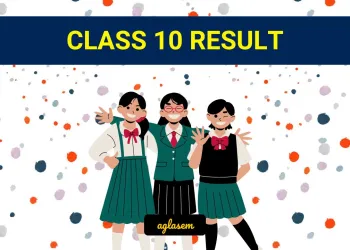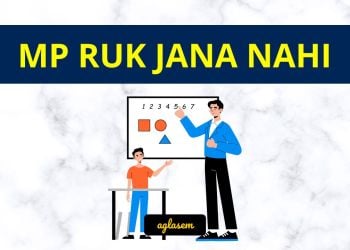Here you can get revision notes for Class 10 Scie123491nce. After notes we have also provided important questions related to the topics. You can practice the questions and check your answers from the solutions given after questions. One test is also there for your practice. You can go through the given links chapter-wise for Class 10 Science subject.
Class 10 Science Notes and Important Questions
Here below you can check the links for important questions related to the topics and different chapters. Click on the given link as per your requirement and download the PDF and save it for further use.
- Management of Natural Resources
- Light- Reflection and Refraction
- Sources of Energy
- Life Processes
- Magnetic Effects of Electric Current
- Periodic Classifications of Elements
- Science Our Environment
- Metals and Non Metals
- Human Eye and Colorful World
- How do Organisms Reproduce
- Carbon and Its Compound
- Heredity and Evolution
- Control and Coordination
- Chemical Reactions and Equations
- Electricity
- Acid Bases and Salts
Preparation Tips
Students are advised to use the given links for class 10 Science chapter wise preparation. In the each chapter there are important questions and each topic is explained and some question and answers are also provided for easy preparation. From the board exam preparation point of view students are advised to follow the given tips for the preparation from the Class 10th Board examination point of view, which are follows:
- Go through the each given PDF to prepare each chapter separately.
- Read the given questions carefully before attempting.
- Illustrative figures and diagrams are given for easy understanding of the topic.
- Try to practice more and more with the help of given PDF.
- Under each chapter topics are explained in a easy to understand manner.
- You can take reference from your prescribed text books also.
- Always remember the important topics and formulas related to the topic.
All Subject Class 10 Notes
From links given below, you can get all other subject notes for class 10
- Class 10 Maths Notes, Important Questions & Practice Paper
- Class 10 Science Notes, Important Questions & Practice Paper
- Class 10 Social Science Notes, Important Questions & Practice Paper
- Class 10 English Notes, Important Questions & Practice Paper
To get study material, exam alerts and news, join our Whatsapp Channel.
Exploring Writing Services for Students: What Are They, And How Can They Help You?



